Two sunny Saturdays in a row and an early evening stroll to check on the orchids on Windmill Hill. First, though, there’s a spot of cricket to watch on the Linden Field: a perfect English summer scene:
Apart from the green idyll, there’s some very big history in this view. This is the ground that hosted the annual Wenlock Olympian Games, devised in 1850 by the town’s physician, Doctor William Penny Brookes (1809-1895). They are still held here and at the neighbouring school every year. Brookes was an energetic lobbyist for all round social improvement. He was responsible for the introduction of physical education in English national schools. He also wrote letters to every literary celebrity in the land, begging copies of their books for the Wenlock Agricultural Reading Society’s library, a facility he founded to give local working people educational opportunities. But it was the town’s Olympian Games that were to have world-wide impact.
In 1890, Brookes wrote to one Baron Coubertin who was visiting England to study sports education, and invited him to attend the Much Wenlock games, which he duly did. Brookes apparently filled him on all aspects of the enterprise, including the array of medals that he himself had designed and funded. And so it was that 6 years later in Athens when the first Modern Olympic Games were held, Coubertin paid tribute to Brookes who had died only months before, aged 86. The baron said it was down to the good doctor that the games had been revived, although it is Coubertin who is remembered as ‘the father of the modern Olympic movement.’
If you scan the field today, you can see it has been well treed since Brookes’ time, although he was responsible for the planting of the Linden Walk (behind the conifers in the view above). He was also responsible for bringing the railway to the town. This ran directly behind the Linden Walk, with the station just beyond the field gates. Olympian Special trains would be run to bring games participants and spectators from all over the country.
And Windmill Hill, overlooking the Linden Field (now obscured by trees) once provided a natural gallery for thousands of visitors:
Today this hill is one of the town’s favourite walking spots, the windmill (probably late 17th century) a well known landmark. The grassland all around is a surviving example of a traditional limestone meadow – rich in grasses and many wild flower species. Brookes would have known all about the local flora. Not only had he trained as a physician in Paris and London, he had also studied medical herbalism at the University of Padua. During his life-time in Wenlock he created a magnificent herbarium of pressed flowers, another town treasure, although it is now kept in Ludlow Museum’s special conservation facility. It is a marvellous document of what was once growing along Wenlock Edge and what has been lost.
*
But back to the walk. Climbing the hill behind the Linden Field we soon spot the freshly sprouting pyramidal orchids. To my eye, they seem to be extending their range across the hill. I’m surmising that this is due to the new management system for the grassland: the end of season raking up of dying vegetation that has spread the tubers far and wide.
We also found spotted orchids…
…and, thanks to a chum who alerted us to its location, a single tiny bee orchid. They are very hard to find, their stems only a few inches tall.
*
June and July are the main flowering times on the hill. Already you can see the wild thyme on exposed outcrops. Then there are briar roses, elderflowers, red clover – all four of them long used as medicinal herbs. The thymol extracted from thyme is a key active ingredient in cough syrups. Rose petals may be used to treat skin conditions. Elderflowers are particularly potent, with a host of healing properties including quercetin. Brewed as a tea they relieve colds and flu symptoms. Red clover is also used for skin and more deep-seated complaints.
*
And then once you reach the top of the hill, there the views to ponder. Always something new, whatever the season.
*
By the time we clamber back down to the Linden Field the cricket is over, and now is the moment for Wenlock dogs to play. We wander home beneath the conifer avenue. I always love the play of light and shadow under these trees:
As we go there’s the waft of lime tree in the air; only a subtle scent as yet; the tiny green flowers are only just opening. But later in the month, and as the days grow warmer, the field will be bathed in its fragrance. And so we have another therapeutic plant, one that calms and heals, although as with all herbal remedies, it is best to consult a qualified medical herbalist as to their use.
*
And a final floriferous view of Windmill Hill:
Lens-Artists: Local Vistas This week Anne Sandler at Slow Shutter Speed wants to see views from home territory.


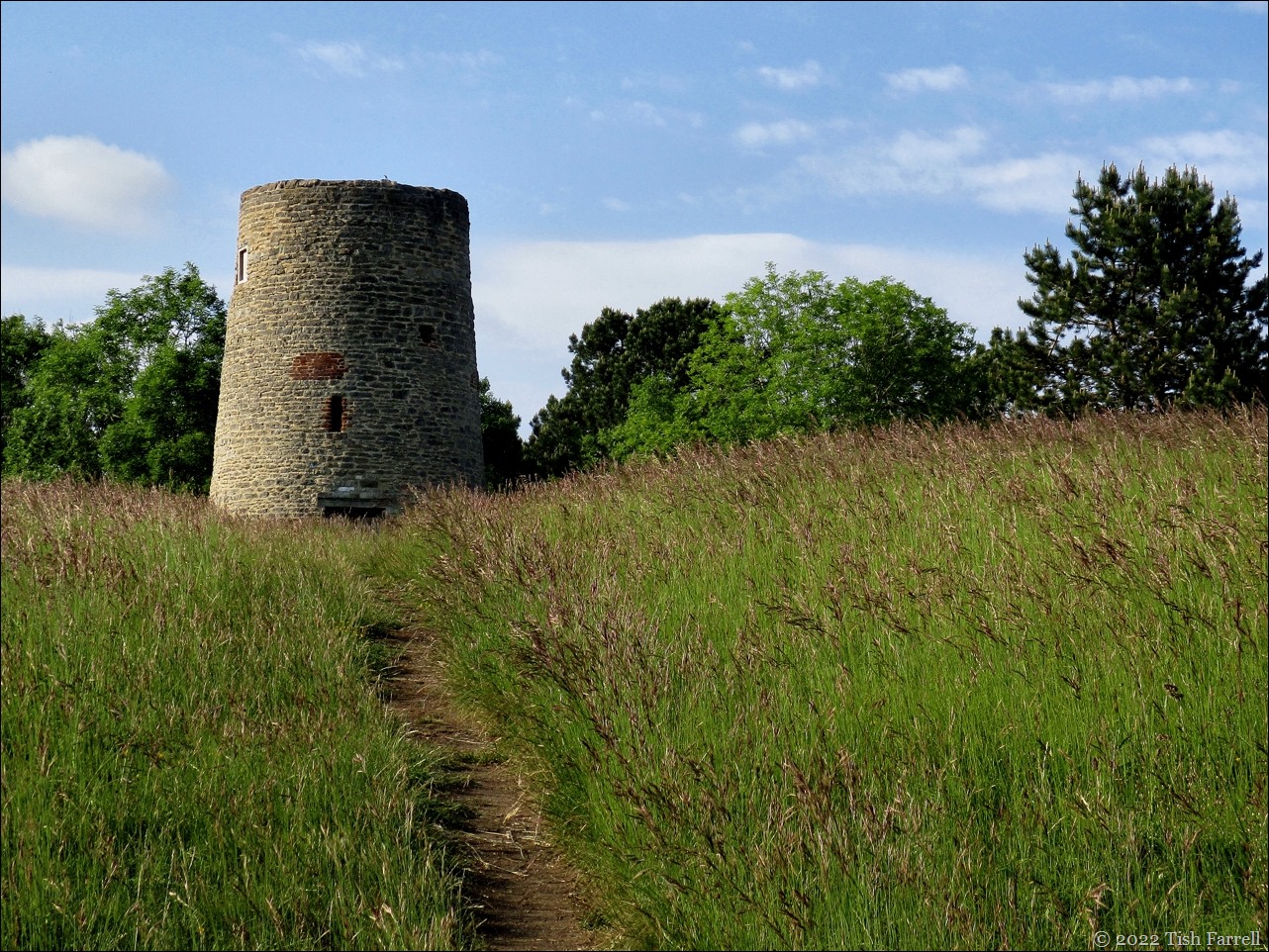
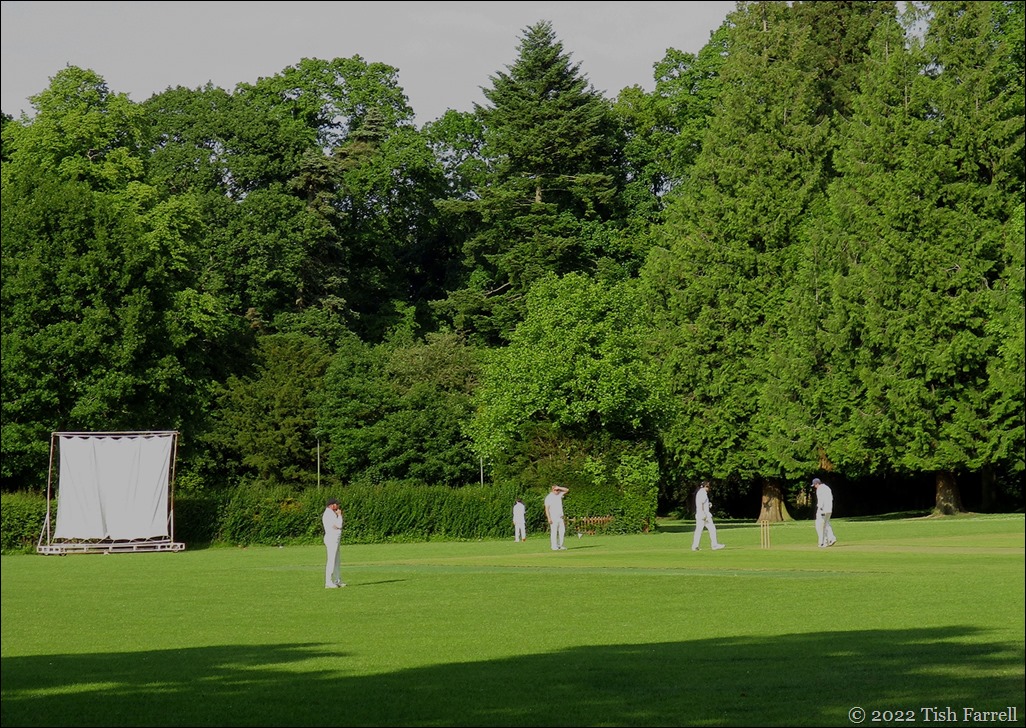
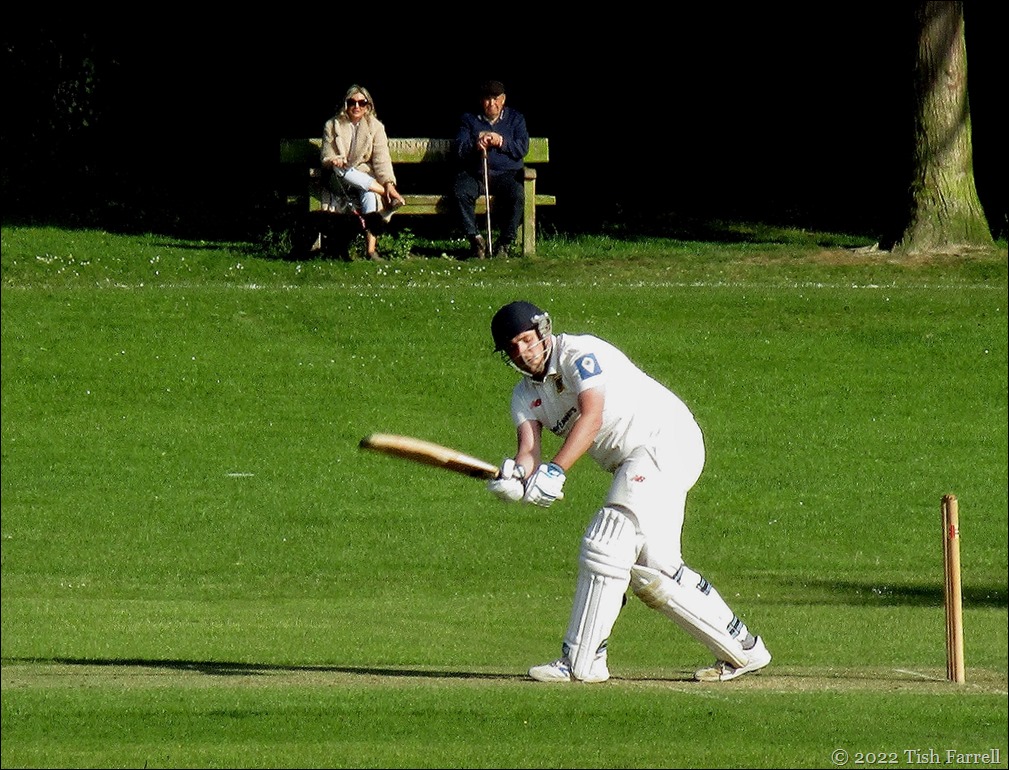
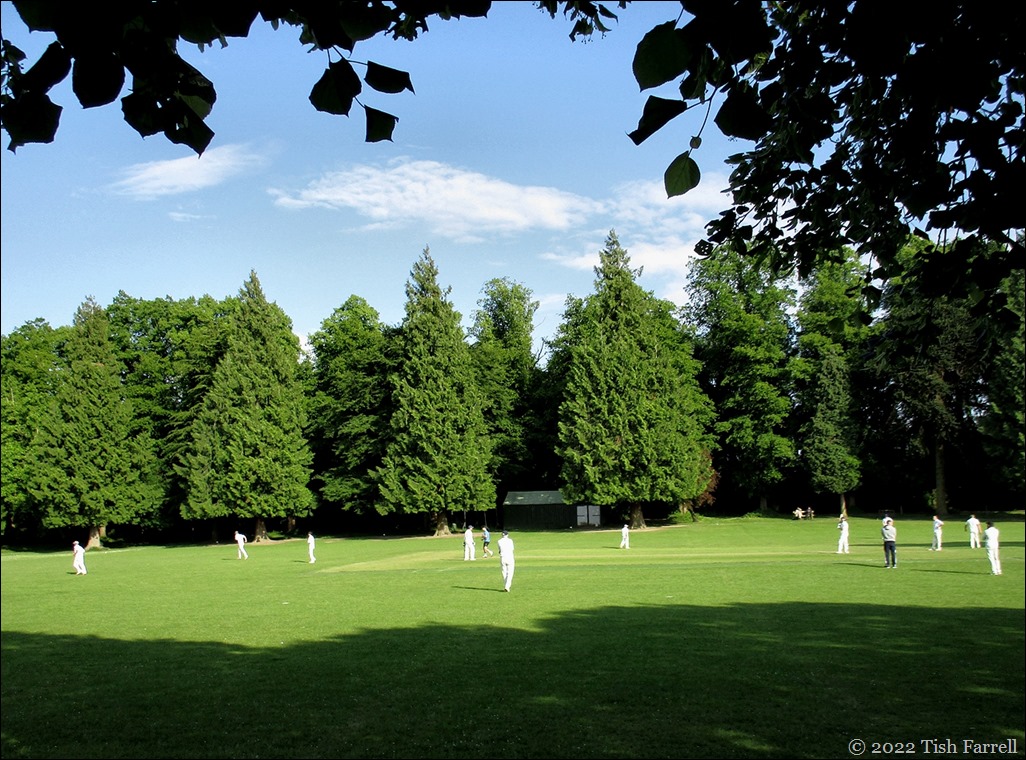
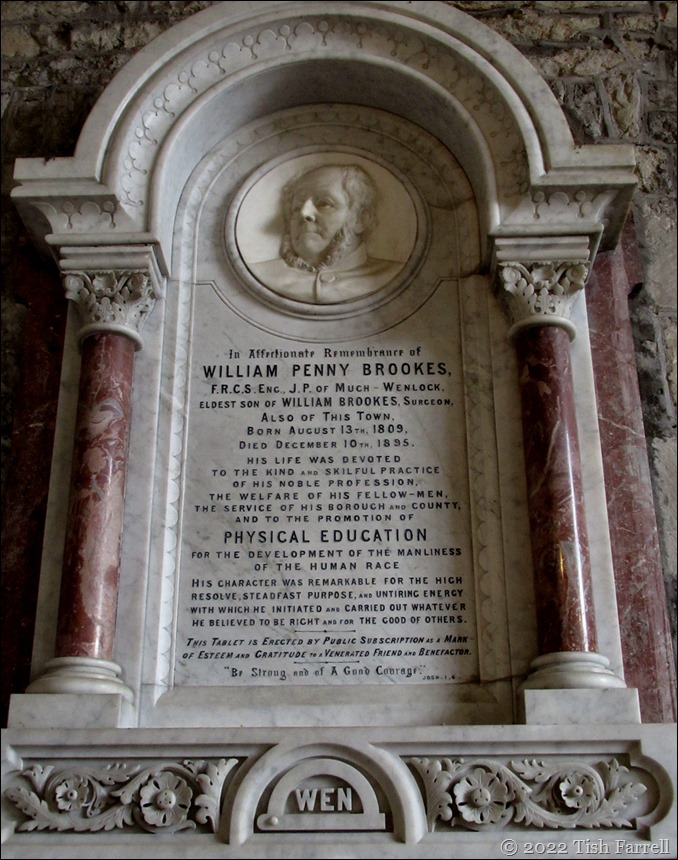
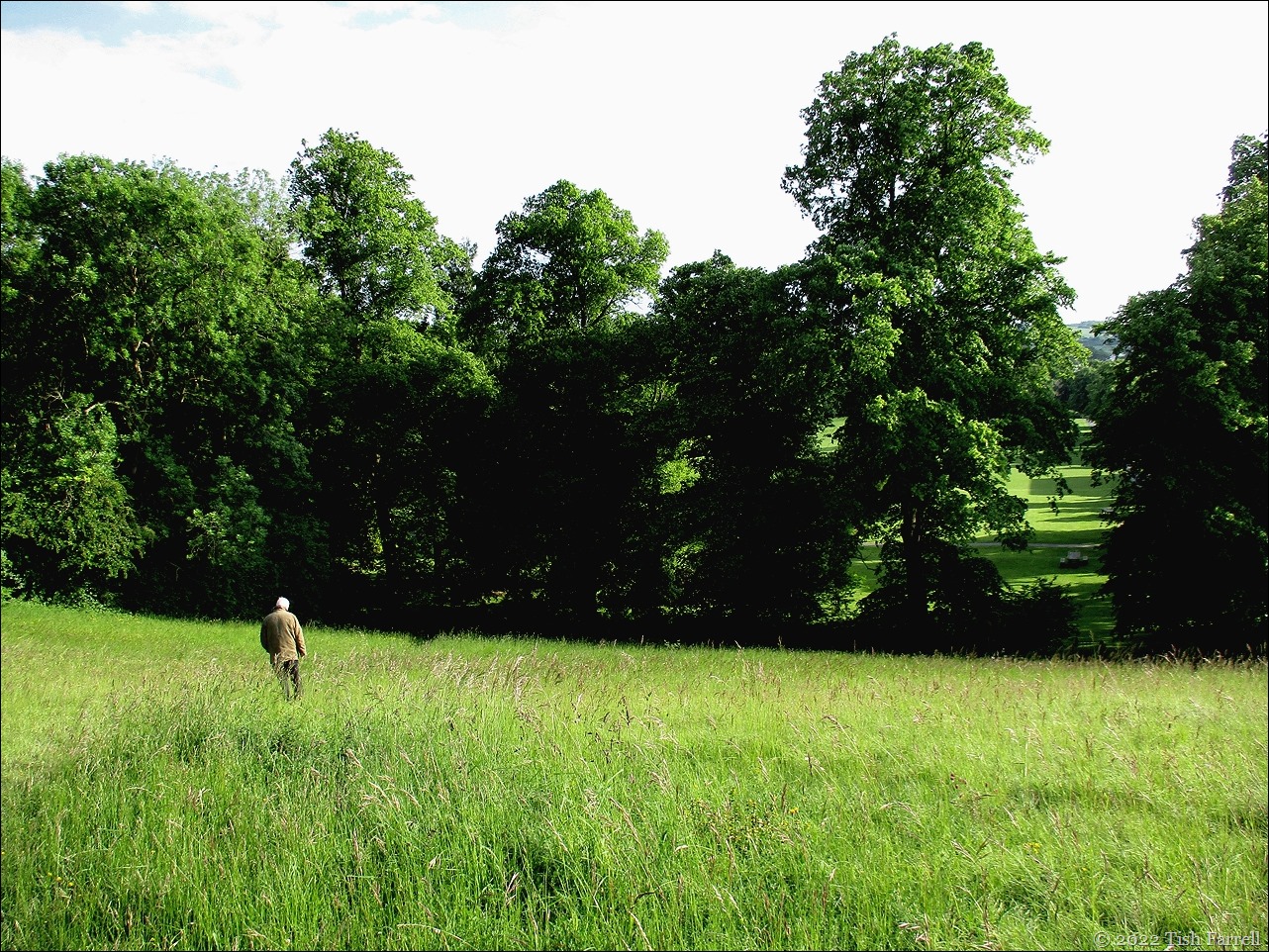
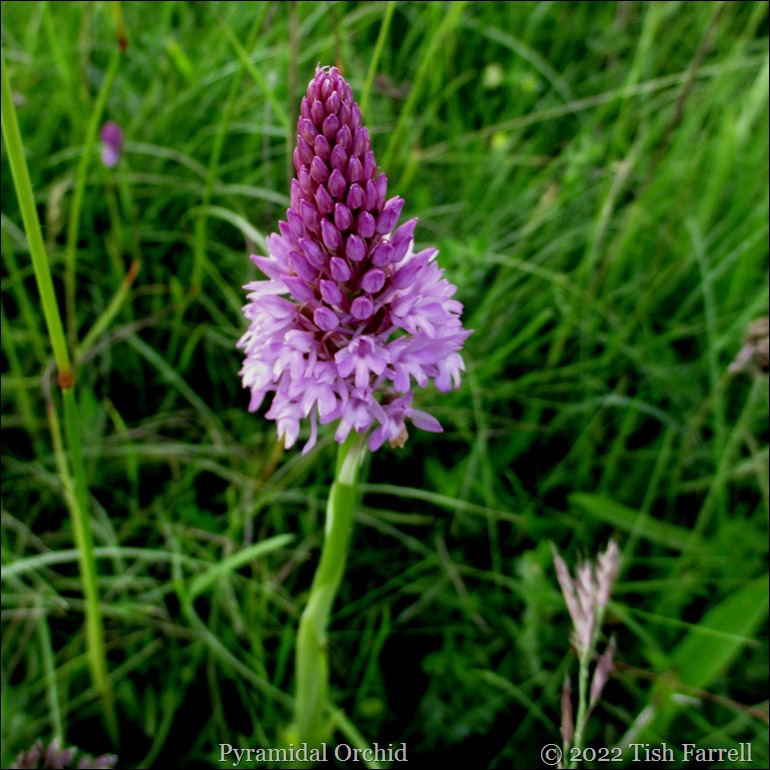
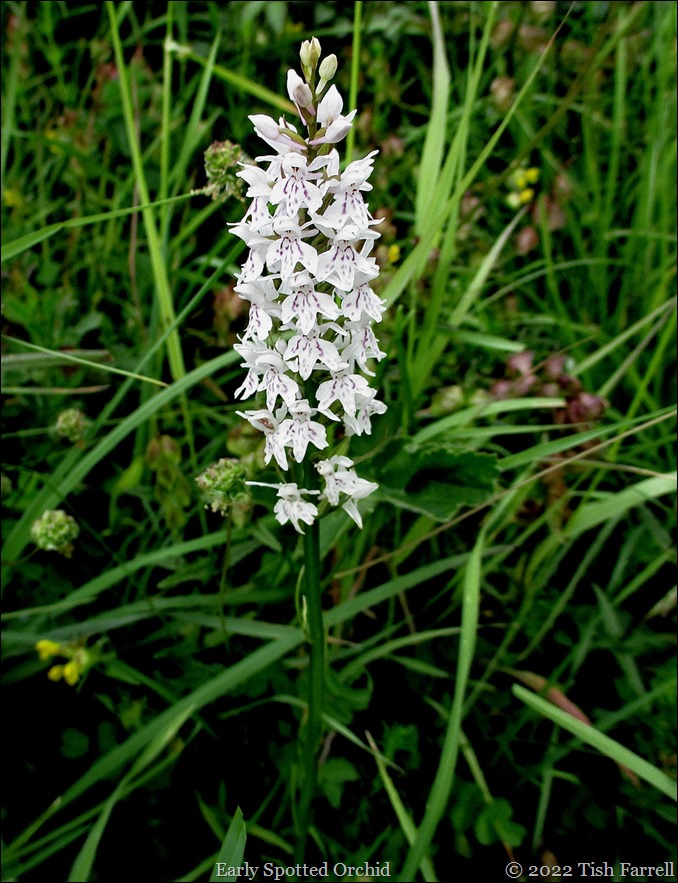
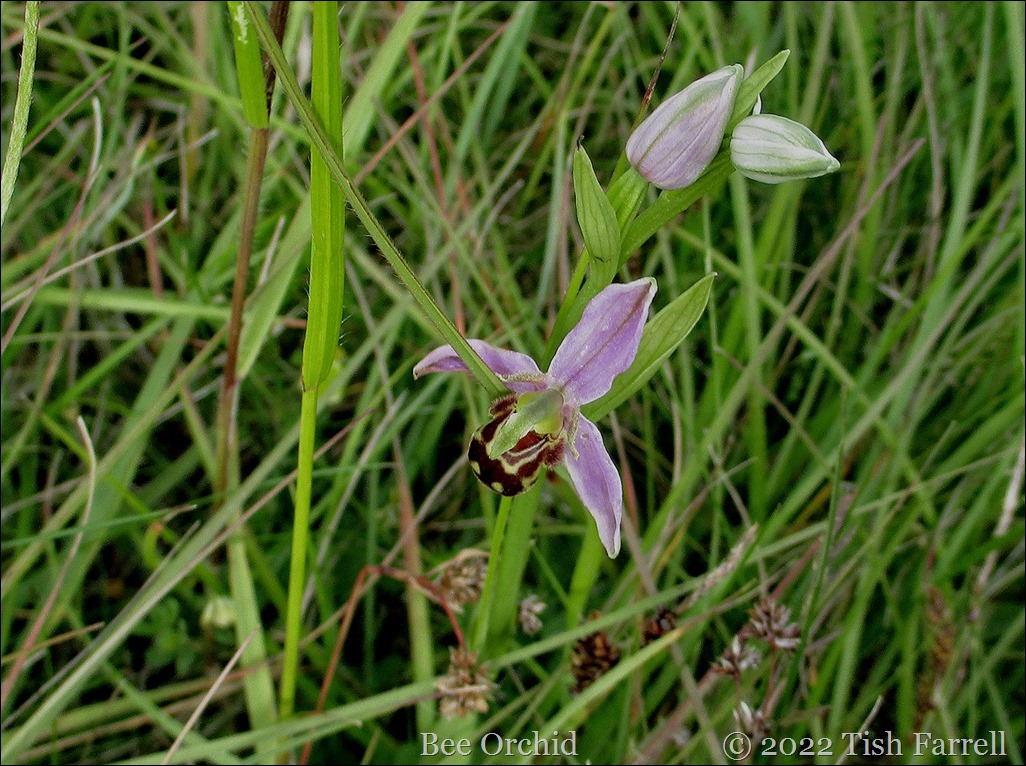
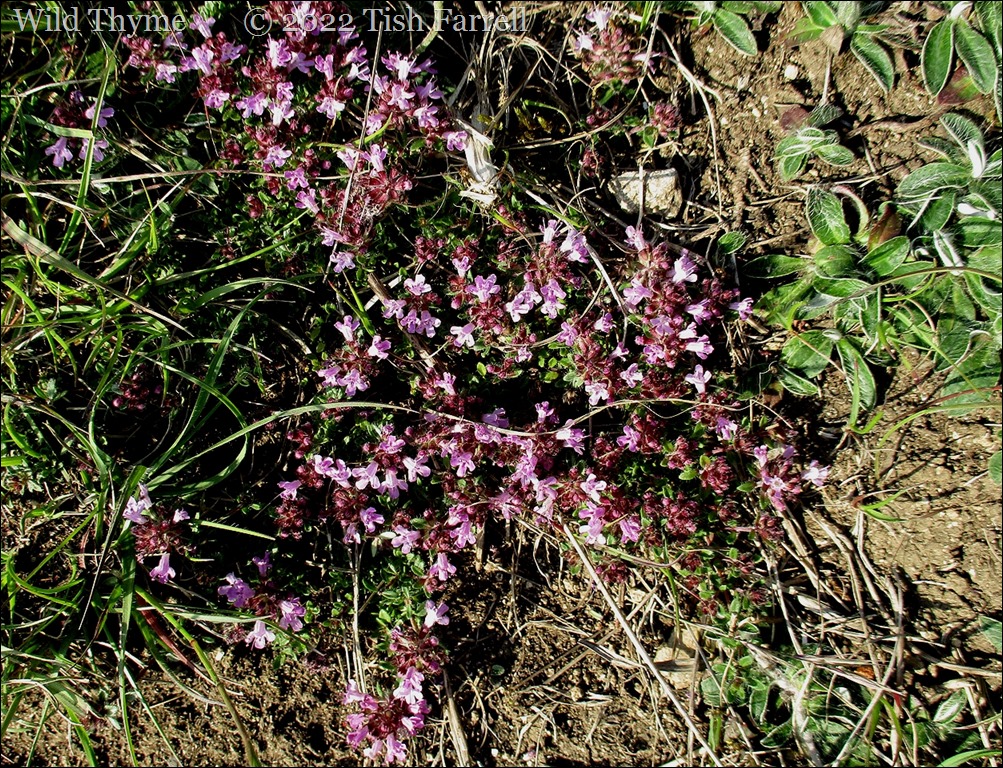
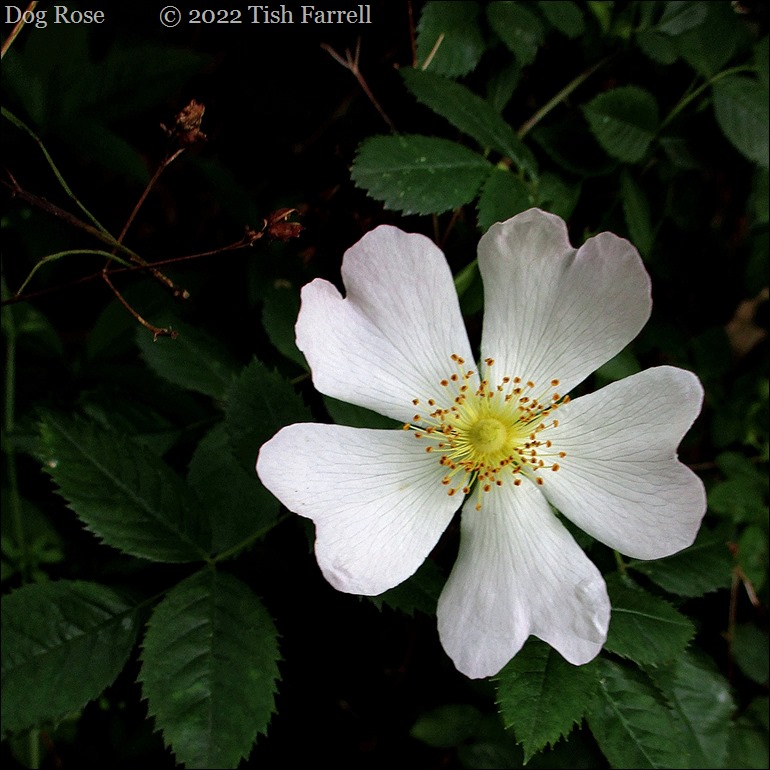
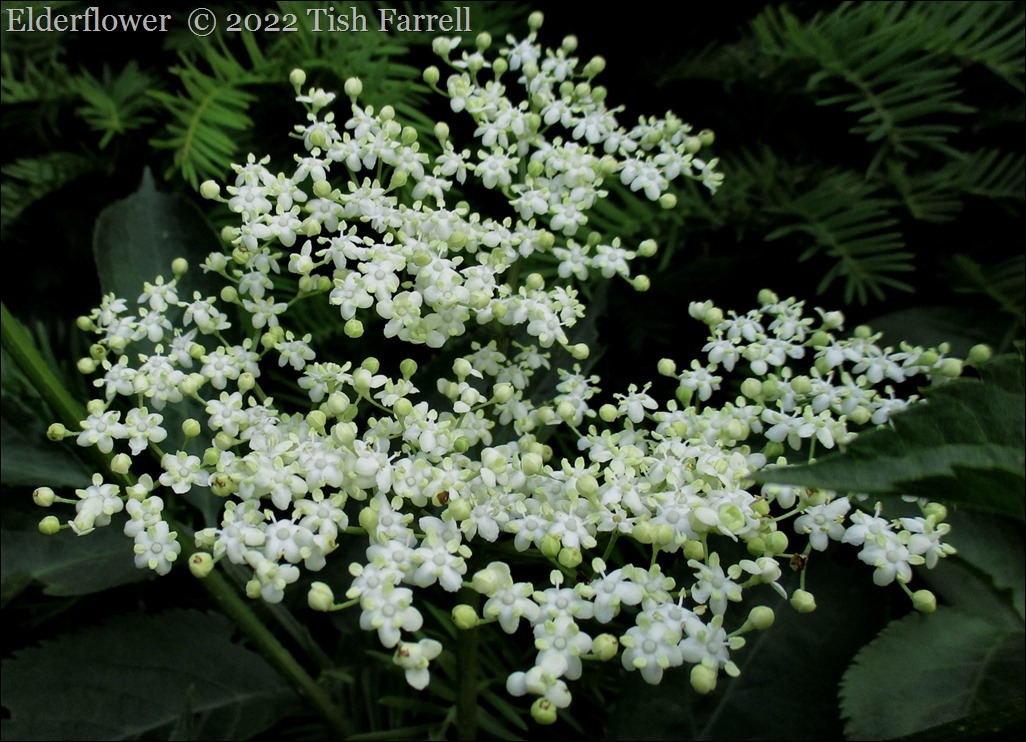
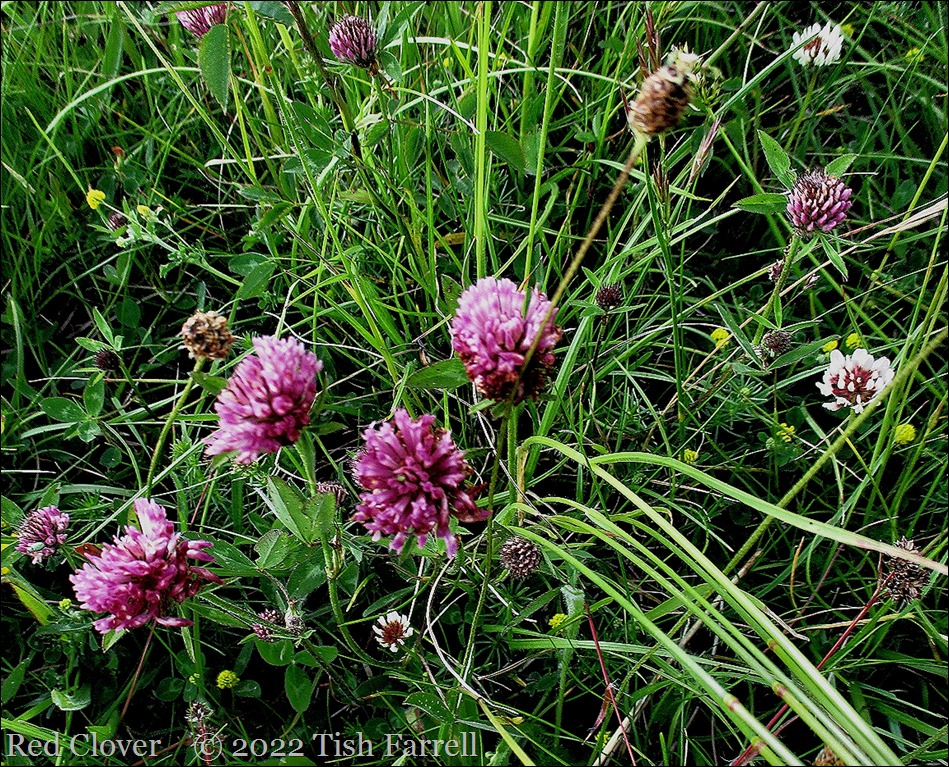
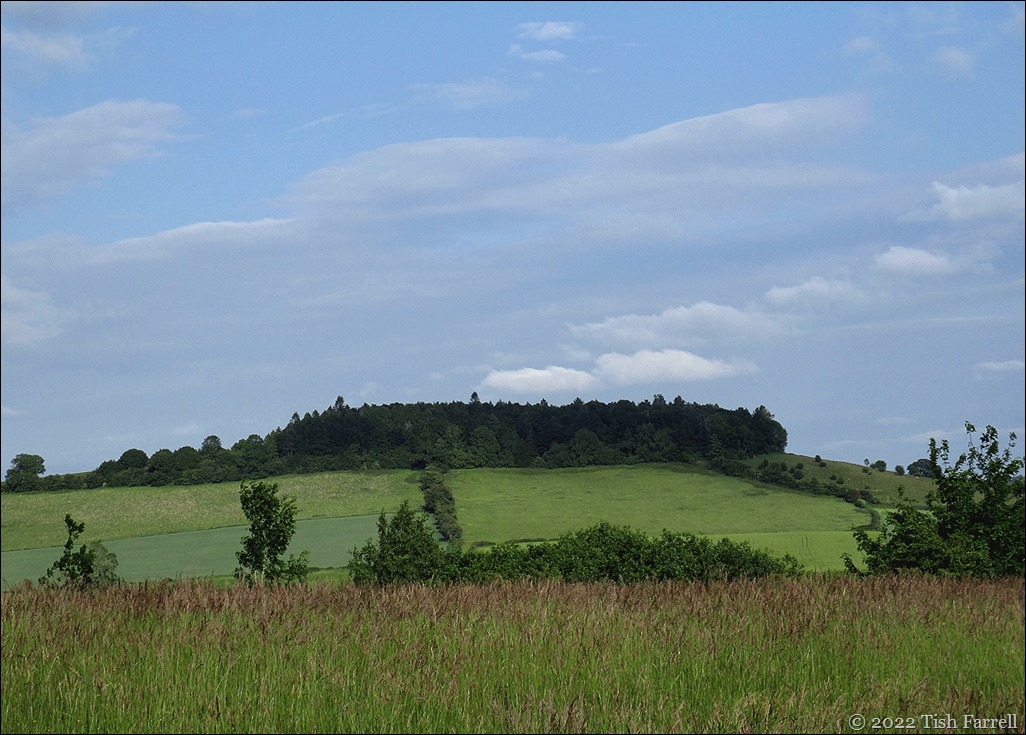
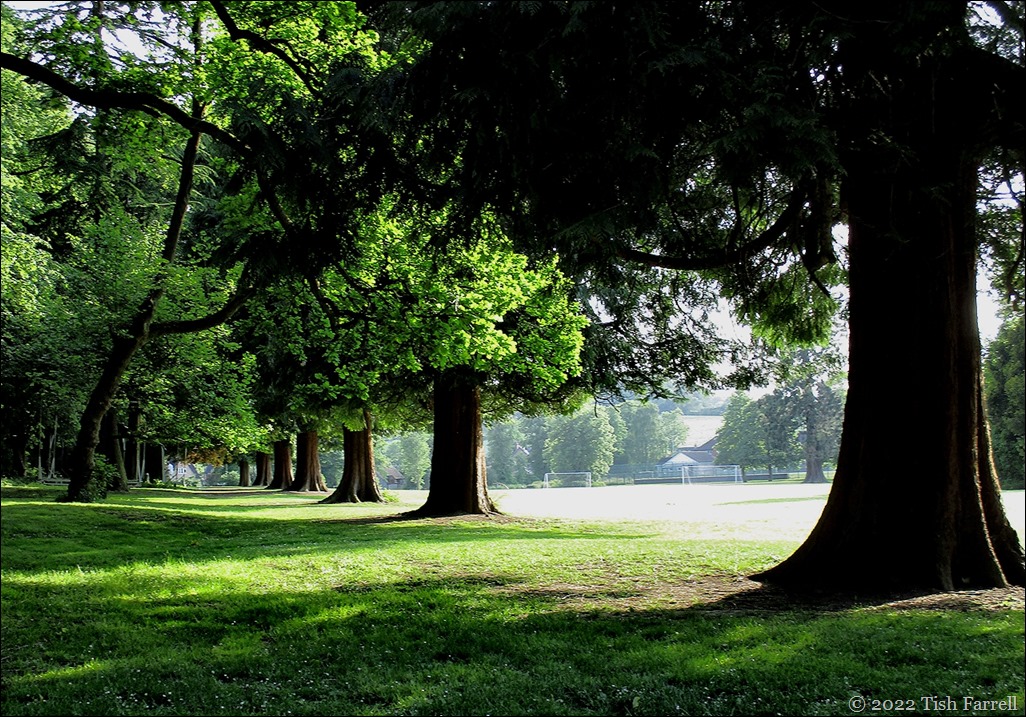
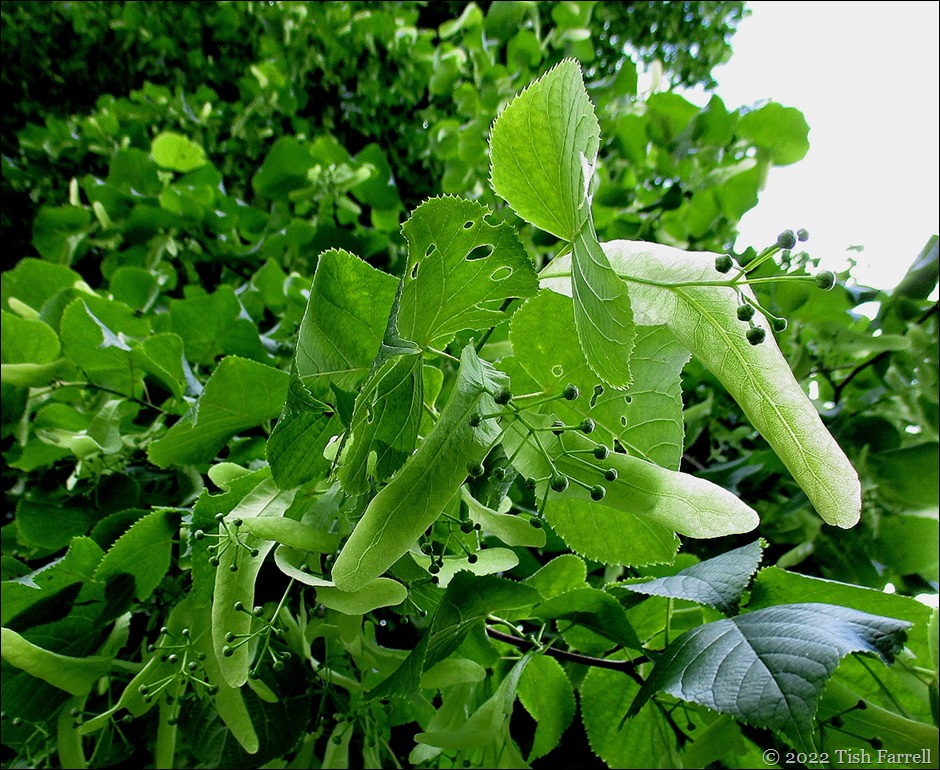
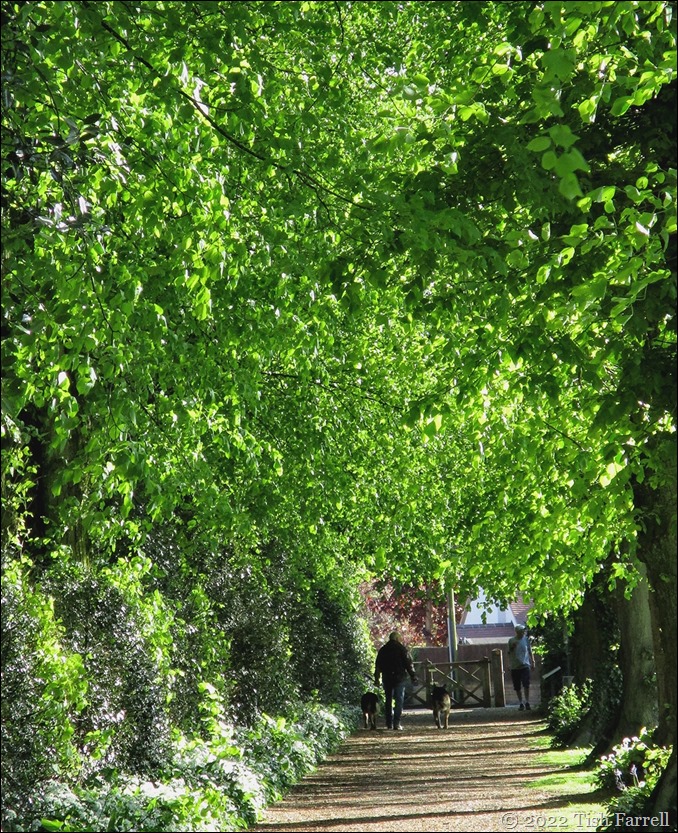
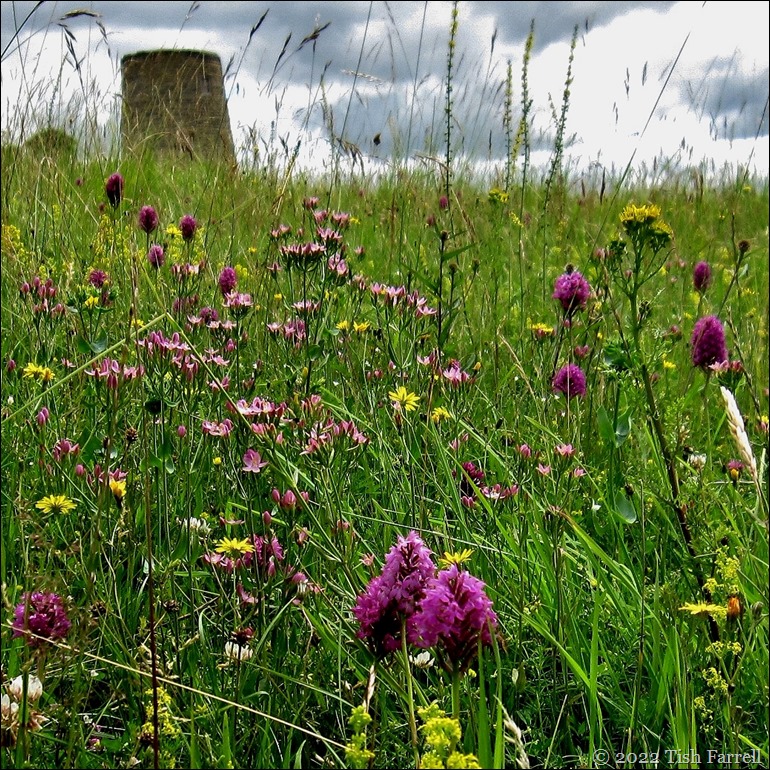
This is such a Very English post. In a really good way!
So happy you qualified that, Margaret. Thank you 🙂 🙂
An excellent post….It was the cricket photograph that lured me in..I love cricket on the green….but am glad that I read further. William Brookes was a fascinating man and achieved much for the greater good. Thank you Tish.:)
A wonderful post. Interesting bit of local history too.
I would be torn between watching the match and walking on to look at wildflowers.
Other half was equally torn, I. J. I had to chivvy him somewhat 🙂
Tish, thank you for taking us on this wonderful of the windmill and surrounding area. I also liked the bit of a history lesson! Great post for this challenge.
Many thanks, Anne, for your timely inspiration.
Lovely place to take a walk…before it gets too hot….which it is here. Oh goodness…our real feel is 110.
Heavens, that’s hot.
It’s amazing what you find near your doorstep
Yes, always a good place to start 🙂
Wishing you many more happy June wanderings, Tish.
Many thanks, Jo. We finally had a real summer’s day yesterday. (Shropshire as it was when you came visiting). Going to be hot today too, so no wandering until later.
🤗💟
How wonderful to see the wild orchids, Tish! And I’m with Margaret on the Very English post…. Fascinating history, too 😊
The pyramidal orchids are lovely just now, and lots of tiny freshly established ‘cuttings’ popping up all over the place among more established clumps. The bee orchids are still a rarity though. I think the annual orchid count last year only discovered 5. They are hard to spot, though, in amongst all the grasses, clover, vetch and ladies bedstraw.
Beautiful post.Oh, I do hope I will be able to climb up that hill with you one day.
As your summer draws near we are beginning our freeze. Brrrrr!
😎
You live in a wonderful part of the world, Miss Tish.
Hello, Ark. Yes, we are lucky to have the hill so close to the house. And yes, summer arrived here yesterday after months of multiple vest and woollies wearing, though it seems to be dropping out again at the weekend. All is changeable all ends up. But a stroll with you up to the Windmill is a v. pleasing prospect.
We’ll bring the cake and sandwiches, you and G bring a large flask of coffee. How’s that sound?
😎
Sounds perfect!
Loved the mix of history, local customs and glorious scenery Tish. I recognized your windmill (?) and the flowers are the icing on the cake!
Many thanks, Tina. And yes you spotted the windmill. It’s rather a mysterious structure, and I sometimes wonder if it ever was a windmill but rather a beacon tower. When it was conserved (i.e made safe) they could find no evidence of how sails could have been attached, only the 17th century date carved on an internal beam. There are no surviving historical documents specific to the site either, which is odd too.
What a lovely wander with you Tish.
Lovely of you to come along, Jude 🙂
That closing photo Was spectacular and the entire post was
You showed us Modern cricket – a nice history side trail – then back on the main trail of the post with all the flowers and emerging scents !
Well done on this post, Tish
Enjoyed it so much
Many thanks, Yvette. I always think of you when I do a spot of botanising on Windmill Hill.
What a wonderful post, redolent of the best of an English summer! The orchids are fabulous, the greens so rich, and the account of William Penny Brookes’ achievements fascinating! You could link it to Sandy’s Friendly Friday ‘Green’ challenge too: https://thesandychronicles.blog/2022/06/17/friendly-friday-challenge-green/
So pleased you enjoyed this post, Sarah. Thank you.
Such an enjoyable walk, Tish! Beautiful photos of the hills, path, lights, greenery filed.. Love these flower images especially.
Glad you could come along with me, Amy 🙂
Fabulous post, Tish. I love how you gave us a landscape view and a historical view. I didn’t know the history of the Olympics before. Thanks for sharing that!
Thank you, Patti. Not many people do know about the Wenlock connection to the Olympics though there was an attempt to rectify this in the 2012 games with one of the Olympic mascots named Wenlock.
What an incredible man and what a beautiful spot you live in Tish.
It’s straight out of Midsomer Murders although hope you didn’t find any bodies!
Hi Alison. You made me laugh with the Midsomer comment. As far as I know we have no illicit bodies about the place. But then again….
Ahh, I can smell those scents from over here. 😀
🙂 🙂
Riveting post, Tish! Fascinating is the history surrounding these fews I so enjoy through your lens. The connection to the international Olympics, the treeing of Linden Walk, the collection of pressed flowers. And such idyllic summer vistas … all those orchids!!!!
So pleased you enjoyed this post, Ju-Lyn. Thank you for all these appreciative words 🙂